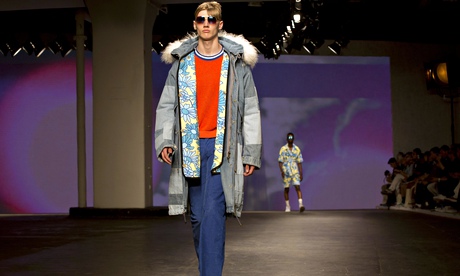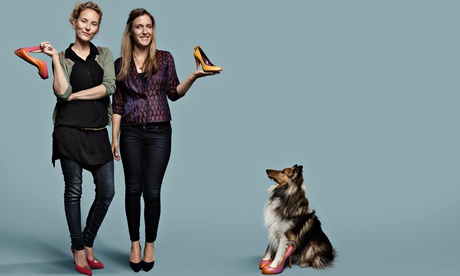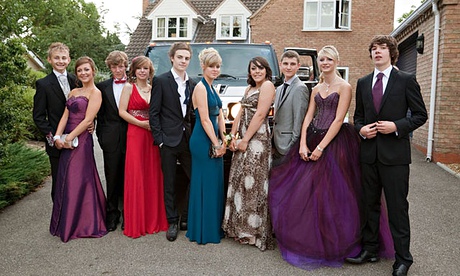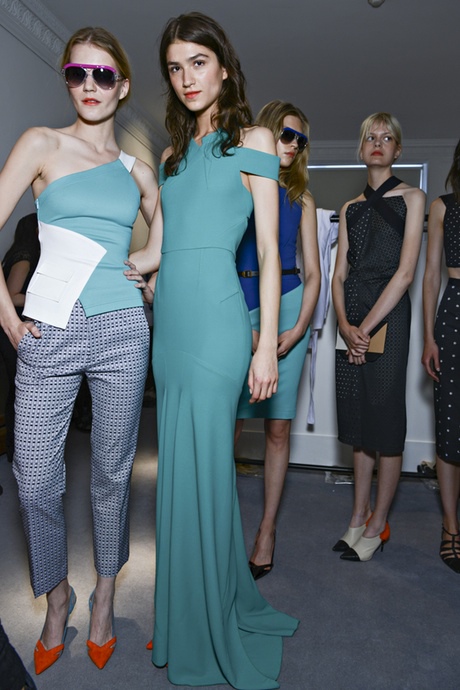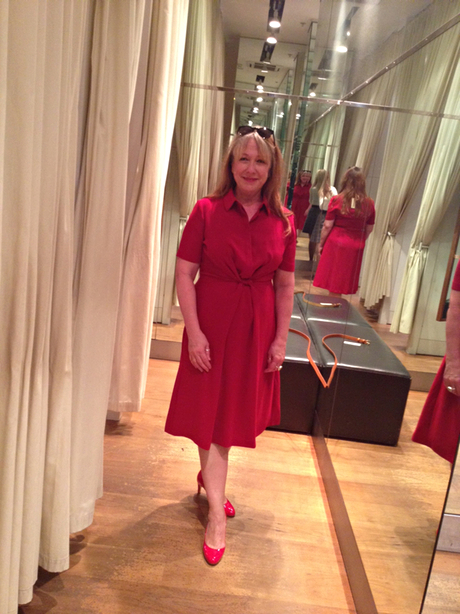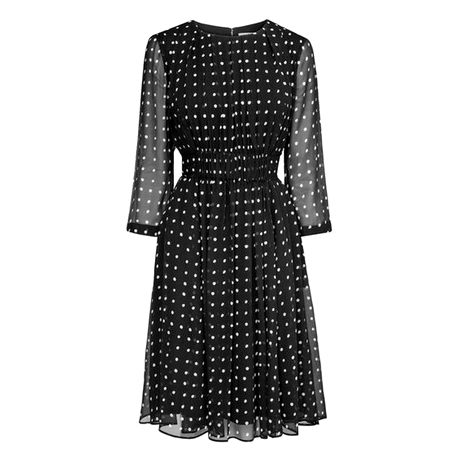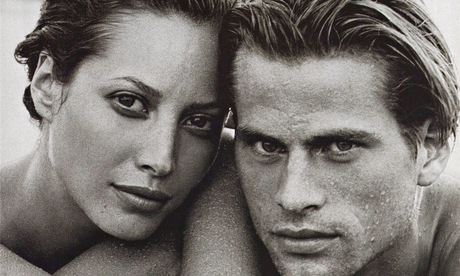There is a photograph of Elizabeth Taylor and Richard Burton gazing out over the river Arno in Florence. He wears a black suit, a flash of white shirt; she wears white, her handbag black. She rests it proprietorially on the river wall. They, and the shot, are beautifully composed. The couple could be on set, though they are not. This is Dolce Vita-era Italy, when Hollywood camped out in Rome and Florence, and the paparazzi had no difficulty finding Audrey Hepburn. She was always in a shoe shop. Actors hopped around Italy on a new kind of Grand Tour, less focused on art and architecture, more on the boutiques and ateliers of Gucci, Roberto Cappucci and so on.
There is even a shot of the shoemaker Salvatore Ferragamo posing with his vast collection of wooden lasts, each marked in thick black ink with its owner's name, scalps of famous feet. Rita Hayworth, Sophia Loren, Greta Garbo – very flat arches – the Duchess of Windsor. No doubt it was for this atmosphere of glamorous leisure and studied carefreeness that the makers of Mad Men in 2009 sent Don and Betty Draper to 1963 Rome, in order to see how she would behave when let loose from her uptight shift dresses and put in a Pucci-style maxidress. (She left him.)
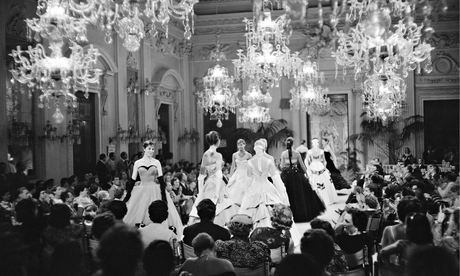
bridesmaid dresses uk
But now, in fashion terms, Italy is mid-depression. While London is known for producing young design talent, Milan knocks out red-carpet dresses and wearable separates. Its old guard is just that, as jaded as the names on perfume bottles. Giorgio Armani is 79. Roberto Cavalli is 73. Dolce and Gabbana first showed 30 years ago. Miuccia Prada may be the exception, but she is 64 and shows her Miu Miu collection in Paris, not Milan. In January, as proof of this identity crisis, the chamber of Italian fashion appointed its first CEO, Jane Reeve, who is English.
The textile conservation studio in the basement of the Victoria and Albert museum in London, where outfits are currently being prepared for exhibition, is a room of fashion ghosts. Mannequins stand in blank drifts, their clothes shrouded in clouds of white wrapping. As the conservationist lifts each sheath, one bright outfit after another emerges from its paper cocoon. A Pucci two-piece in psychedelic citrus print (1965). A Valentino couture dress (2013/14) in gold lace, interspersed with silk panels featuring armour-plated rhinoceroses. Obviously, there's a Roberto Cavalli leopard-print number (2007). These clothes are not shy. "A lot of them are quite over the top," the conservator says diplomatically.
Yet while Cavalli has a reputation for outlandishly sexy clothes, the look is often predictable: what could be less surprisingly brash than a leopardprint dress? The fact is that when Italians opt for outrageousness, they often do so in a way that fits rather than discomfits expectations. Witness Nancy Dell'Olio or Silvio Berlusconi. Even Italy's new prime minister, Matteo Renzi, has been lampooned for his extravagantly informal dress – but his trademark is a leather jacket, one of the most conventional signifiers of rebellion. So often in Italian dress, flamboyance is just a different kind of conformism.
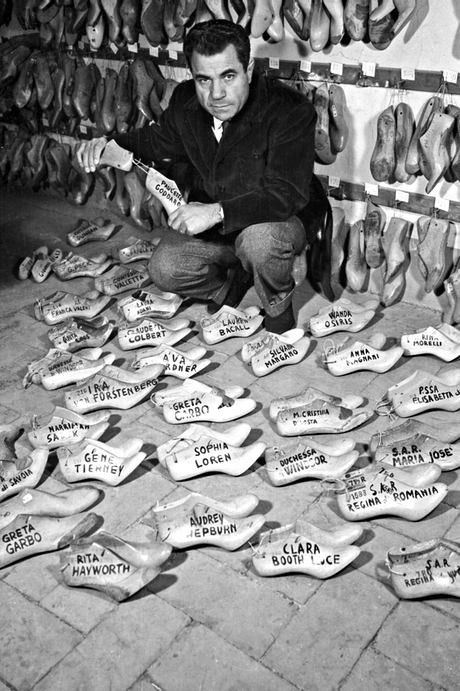
prom dresses
Many of those great shots of old Hollywood in Italy were taken by the late Giuliano Pacinotti, and belong to the Foto Locchi archive in Florence. There they are overseen by curator Erika Ghilardi, who stands tall in a pair of 4in heels and swooping-hemmed knitwear, clicking through photographs of Greta Garbo, Wallis Simpson, Henry Fonda, Ingrid Bergman, Lauren Bacall, Humphrey Bogart and Maria Callas. Ghilardi seems well placed to explain what distinguishes Italian glamour from other kinds. "It used to be in fashion to say 'glamour'. 'Italian glamour'," she says again. She frowns. "For me it's a bit of the past. Something that was modern in the past."
And this is Italy's problem. What really distinguishes Italian style, Ghilardi says, is a desire to "unite colours, unite fabrics", to pull all the elements of a look together into a model of coherence. Shirt collars sit pointedly over quality knitwear. Watches glint from beneath expensive shirt sleeves. Trousers break precisely on leather uppers. Shiny shoes and gleaming sunglasses suggest a top-to-toe lucidity. It is a composure that Gianluca Vialli imported to Britain when he signed to Chelsea in 1996, his bald head the perfect metaphor for his highly polished look.
She has a theory. "Socially, Italian culture has its roots in the 30s. The grandmothers were paranoid about how you looked when you crossed the front door. Rich or poor, it was always a question of decorum. Personal decorum. It doesn't mean elegance. It means being decent. These were the fascist ideals. When you are told things like that so many times, it changes the mentality."
Ghilardi is right that everyday style in Italy is codified in a way that expresses an ideal of coherence and conservativism. There is a systematic appropriateness at play, which extends to other walks of life, too (try asking an Italian waiter for parmesan with seafood pasta). But can this really be a relic of fascism, and aren't people dressing in a more liberated way now?
"We still have a bit of a way to go with that," she says.
At the Ferragamo museum in the historic centre of Florence, where styles worn by Marilyn Monroe are displayed alongside the Vara favoured by Margaret Thatcher, the museum's director, Stefania Ricci, agrees that this sense of regulation dictates Italian style. Her crisp cuffs are flicked back with a luxuriant flourish. "It is true we try to combine everything systematically," she says. As a young woman, she worked at the Musée de la Mode in Paris. "The other girls wore hats. They used to buy things on the street and combine them. They were very elegant. I was so surprised that the young people who worked in that museum had great personality in fashion. In Italy, we wear more of a uniform."
Style as an expression of obedience has been one of the dominant modes of dressing in Italy for centuries. Ricci's words are directly descended from Baldassare Castiglione's The Book Of The Courtier (1528). "I would not know how to lay down any hard and fast rules about dress," one character says, "save that one should adapt oneself to the custom of the majority." The majority, of course, is a powerful absentee in Italian politics, where there have been 61 governments since 1945. It is not hard to see why the appearance of cohesion is woven into people's wardrobes.
Italy's first commercial fashion show was itself a kind of mini-Risorgimento. Held in Florence in 1950, it was the brainwave of Giovanni Battista Giorgini, who exported Italian goods to US department stores. Within two years, he was hosting shows in the Sala Bianca of Palazzo Pitti, home to the Medicis, in the heart of Renaissance Florence; a Renaissance portrait featured on the cover of all his invitations. Decades before the "Made in Italy" slogan powered the country's ready-to-wear revolution in the 70s and 80s, Giorgini was promoting the same nationalistic ideal of stylish heritage and crafts expertise.
Why did it matter so much to him? Giorgini's grandson, Neri Fadigati, has been sifting through the Sala Bianca paperwork, cataloguing it for the state archive. "He was really in love with this country," Fadigati says. "His ancestors had participated in the unification of Italy. In the 1800s they all volunteered to fight."
Outside in Piazza della Signoria, everything seems to be edged like Fadagatti's pocket square, the crenellations, turrets and windows outlining buildings in a neat frill. Just then another sound adds itself to the chatter of the square. A brass band? It's getting closer. A chain of men, in red, yellow and blue knickerbockers and tunics with castellated shoulders is marching. A primary-coloured ribbon tramping the cobbles to the tune of doleful trumpets. It is certainly a look – probably more at the Pucci than the MaxMara end of the wearable spectrum. What's the occasion? "It's the anniversary of Michelangelo's death," a policeman says.
Jane Reeve, the Englishwoman at the helm of the chamber of Italian fashion, hasn't heard of Giorgini. But she has the same task of convincing the fashion press, buyers and shoppers that it still matters. At Milan fashion week, she beamed giant adverts on to the department store Rinascente (literal translation: being reborn).
Italian designers have helped to define every decade since the end of the second world war, from the abstract prints of Pucci in the 50s through the structural wonders of Roberto Capucci in the 50s and 60s, Missoni's crazy zigzags in the 70s to Armani's unstructured suits in the 80s, and the knockout glamour of Versace and Tom Ford's Gucci in the 90s. That, of course, was also the decade in which the brilliant waywardness of Prada emerged (nothing more subversive, in leather-loving Italy, than a rucksack made of nylon). But what now?
"Italy is an incubator for lots of new designers," Reeve says. "We just have to move the cloud of these big [brand names] a bit to the side, and all these young designers will come out as well."
For years, like so many Italian industries, fashion has operated as something of a gerontocracy. When designers do retire from their eponymous houses, the creative direction often passes down through the family, as at Missoni or Versace. There are exceptions. Reeve cites Frida Giannini, the young designer at Gucci, and Maria Grazia Chiuri and Pierpaolo Piccioli, Valentino's designers. Ermenigeldo Zegna has announced a scholarship for young people. Giorgio Armani has offered free use of his catwalk venue to young designers such as Stella Jean, 34, whose brilliant graphic prints have acquired sufficient mainstream appeal in the UK to have topped Grazia's Chart of Lust and to be sold by Matches. An outfit by Jean is in the V&A exhibition.
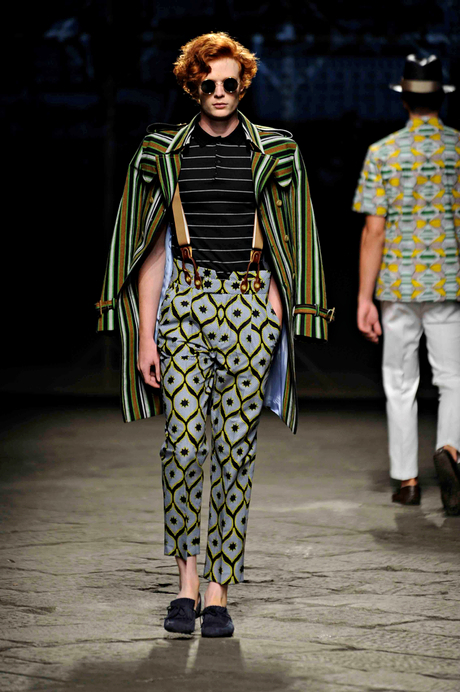
How has Jean managed to break through? "You have to bring something unique," she says. "For me it's my background." She was born in Rome to an Italian father and Haitian mother. "When I was a teenager, I found it very hard. In Italy we are not used to the multicultural family. As a child, nobody believed me when I said I was Italian. You can't understand what you are or where you can be." Growing up, she mixed her father's clothes with her mother's. "I tried to show that if different cultures can communicate in styling, the same cultures can communicate in real life. One of Mr Armani's suggestions was to keep my DNA pure."
Jean combines her eyecatching prints with mannish tailoring. The combination is a brilliant disaggregation of classic Italian style, a rearrangement of elements into a wholly new look.
Perhaps this is the way forward. Italy's new prime minister, too, is loosening conventional codes. Matteo Renzi has been lampooned for spurning ties and for his casual leather jacket, though he says he is simply doing his bit for the country's leather industry.
"Italian style is changing from a very strict tradition," Jean says. "We are a bit in the world now."
And yet, Jean likes to show her printed skirts and trousers with T-shirts featuring posters for films from the days when Burton and Taylor were strolling around Florence and Rome, or retro shots of Sophia Loren. Just like Ferragamo and Gucci before her, she is still selling the ideal of Hollywood on the Tiber.
In support of this idea, Jean says that we should look past her eye-catching prints, that her work is really about the tailoring. "That's what I keep," she says, "the style from 50s and 60s Italy." Her mannish shirts are made of high-quality heavy cotton, in line with the Italian preference for natural materials. Put one on and you will find that the cuffs and collar – so integral to the conformist look that Ghilardi describes – are substantive, as luxuriantly heavy as if fine chains had been tucked into their seams. Carefully, respectfully, Jean has sewn into her shirts the weight of tradition.
